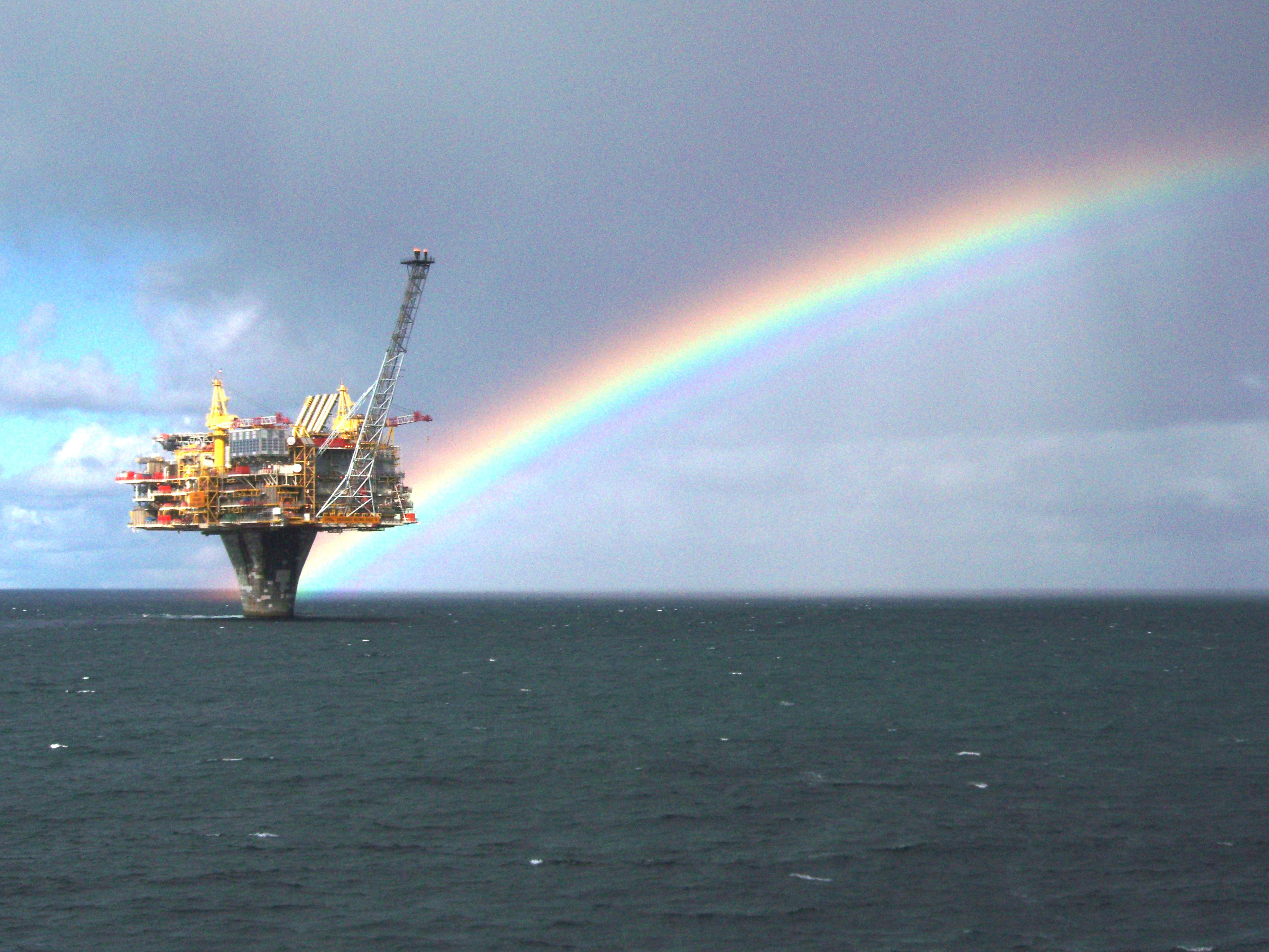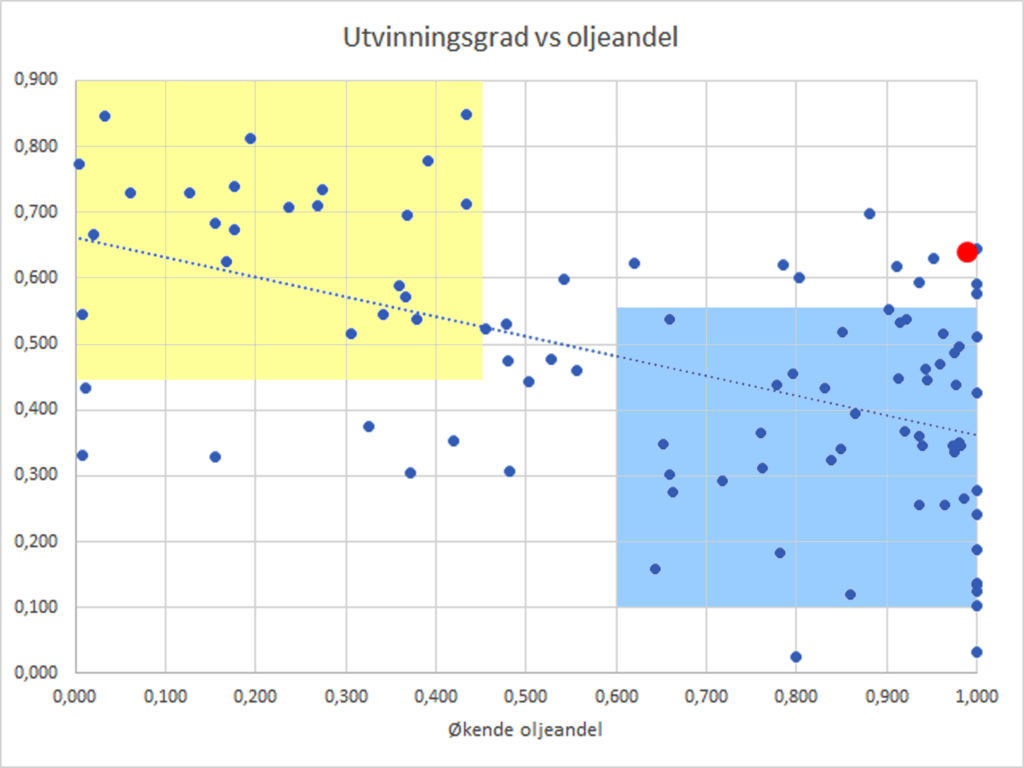Draugen setting records

Positive news about the field was important in 2000 after seven years on stream and with oil prices low. So Kristiansund’s local paper reported that Shell was fully committed to producing on the Norwegian continental shelf (NCS), and mid-Norway in particular.
This article in Tidens Krav focused on Draugen’s many positive aspects and included the following comment:
A couple of world records have also been set on Draugen. This time, [it] can claim the longest continuous period of production after 176 days without a shutdown. The other record is that one Draugen well has produced 76 775 barrels of oil over a single day. This is the highest daily output from an individual well.[REMOVE]Fotnote: Tidens Krav, 19 January 2000, “Har fullt fokus på midtnorsk sokkel”.
Whether these actually ranked as world records was not perhaps confirmed, but the quote demonstrates the importance of positive news in this period.
These records were also highlighted in the field’s 10th anniversary year. A major article in Trondheim daily Adresseavisen hailed Draugen as the “jewel in the crown”:
When operator company Norske Shell applied to the government in the autumn of 1987 to develop the field, it planned to produce 90 000 barrels per day [b/d]. When it brought Draugen on stream from 19 October 1993, it quickly managed to bring up a lot more. At peak, Shell produced 230 000 b/d. Production has lain at a level of more than 200 000 b/d of treated oil over many years, without water breakthrough. A world record has also been set 150 kilometres north-west of Kristiansund: no individual production well has produced more than 77 000 b/d. These records have meant a lot in value terms. The 77 000 barrels which were the result on 12 October 2003 represented almost NOK 47 million, or more than NOK 32 000 per minute. The single well which set the record on 20 October 2000 contributed NOK 500 000 to profits on that day.[REMOVE]Fotnote: Adresseavisen, 16 October 2003, “Draugen er Norges mest lønnsomme tiåring”.
Small gas deposits close to Draugen generated great optimism in 2010-13. The little Linnorm discovery, in particular, was a hot candidate for tie-back to the platform.
That would allow the latter to stay on stream even longer than the planned production period until 2028 – which had been lengthened from an original extension to 2020.
Although development plans for Linnorm were ultimately shelved, it is worth noting the optimism which prevailed in Draugen’s 20th anniversary year as expressed by Tidens Krav:
Within a few months, the first oil field brought on stream north of Stad [the northern limit of the North Sea] will reach its 20th anniversary. When the plan for development and operation was submitted to the authorities in 1988, Draugen was expected to produce for 17 years and achieve a recovery factor of 38 per cent. Shell’s tough target is now to recover no less than 75 per cent of the resources up to 2036. In the event, that would be a world record for offshore oil fields.[REMOVE]Fotnote: Tidens Krav, 7 May 2013, “Nr. 1.000 fra Draugen”.
In this case, the “world record” claim was perhaps prompted by local patriotism. Shell also issued a more restrained press release, which stated in part:
Draugen has delivered crude oil stably since it came on stream in 1993. The field has delivered a much higher volume than originally expected, and is in position to take the gold medal for recovery factor. According to the original plans, Draugen should have ceased production after 17-20 years, but its producing life will be substantially extended.[REMOVE]Fotnote: Teknisk Ukeblad, 21 October 2013, “Flyttet brønnen en kilometer, fikk et helt oljefelts produksjon tilbake”.
 Draugen setter rekorder, stemning, regnbue, engelsk,
Draugen setter rekorder, stemning, regnbue, engelsk,Recovery factor
To put this last record in context, Draugen can be considered from a Norwegian perspective. The perception generally prevails that petroleum resources on the NCS have particularly good production properties compared with many other parts of the world.
That has perhaps also made it easy to equate “best in Norway” with “best in the world” – a conclusion which is not always entirely true.
The recovery factor specifies the technically and commercially recoverable petroleum in a reservoir as a proportion of the stock tank oil initially in place (Stoiip) – in other words, the original resources present.
In order to compare fields with different mixes of oil and gas, all petroleum quantities are converted to oil equivalent in order to determine the total quantity in the reservoir.
Compared with all 115 of the fields which are, have been or will soon be in production on the NCS, Draugen occupies 22nd place for recovery – so not quite top of the overall list.
However, a big difference exists between fields which primarily produce oil and those which only yield gas. The oil-gas ratio (OGR) is often used to distinguish between the various categories – the higher the figure, the more the oil.
 draugen setter rekorder, graf, illustrasjon, engelsk,
draugen setter rekorder, graf, illustrasjon, engelsk,As figure 1 shows, an oil field more often has a lower recovery factor than one producing primarily gas.
Looking at the most typical Norwegian oil fields (OGR > 0.9) presented in figure 2, the claim that Draugen belongs in the premier division for recovery is pretty clearly established.
At 31 December 2017, Grane was the only field on the NCS which had a slightly higher recovery factor than Draugen – at 67.2 per cent compared with 66.9 per cent.[REMOVE]Fotnote: Norwegian Petroleum Directorate (2018), Fact pages – Fields. Downloaded 30 April 2018. http://factpages.npd.no/factpages/Default.aspx?culture=no.
